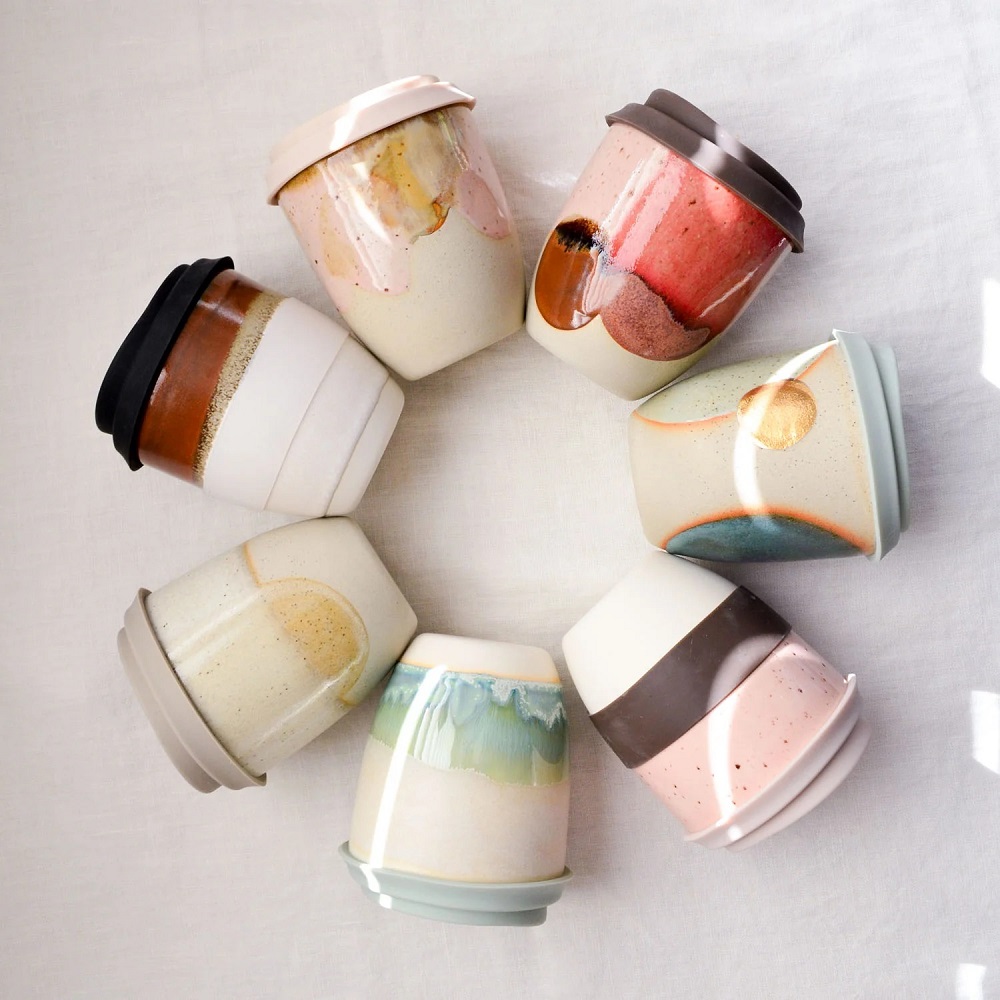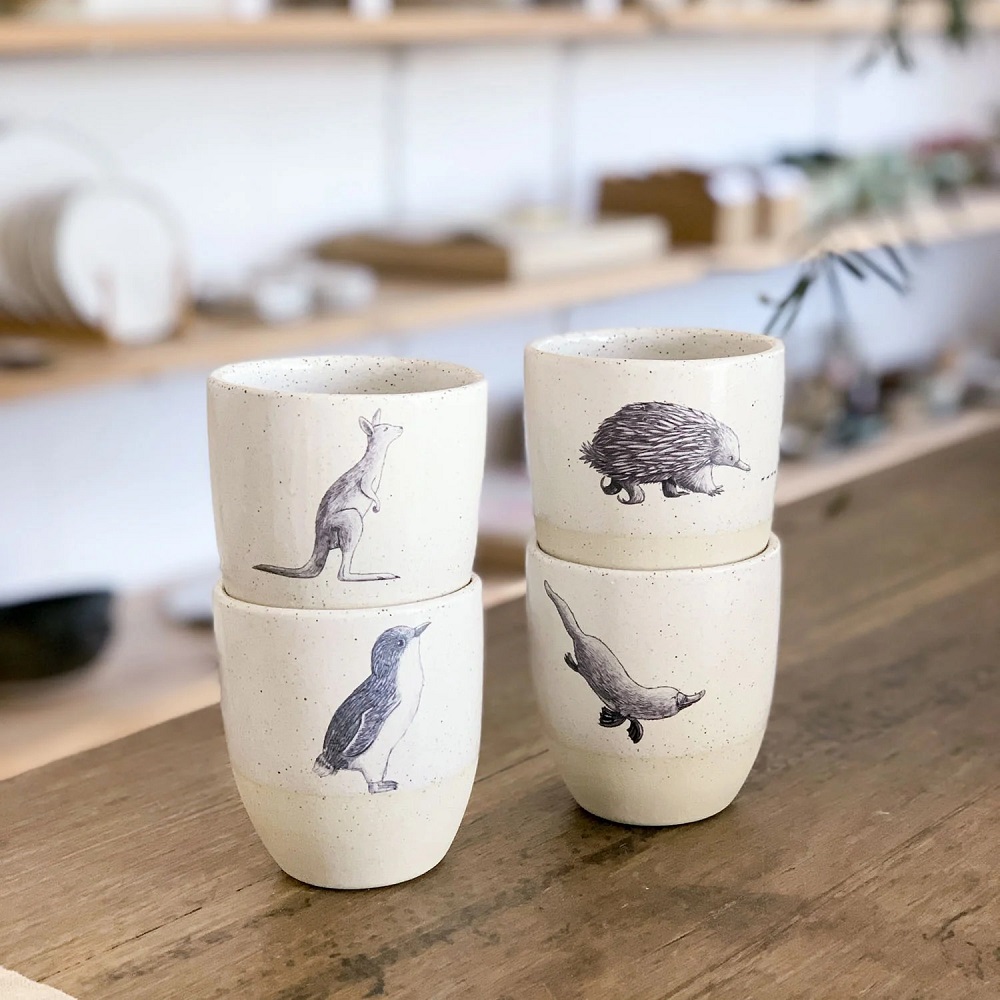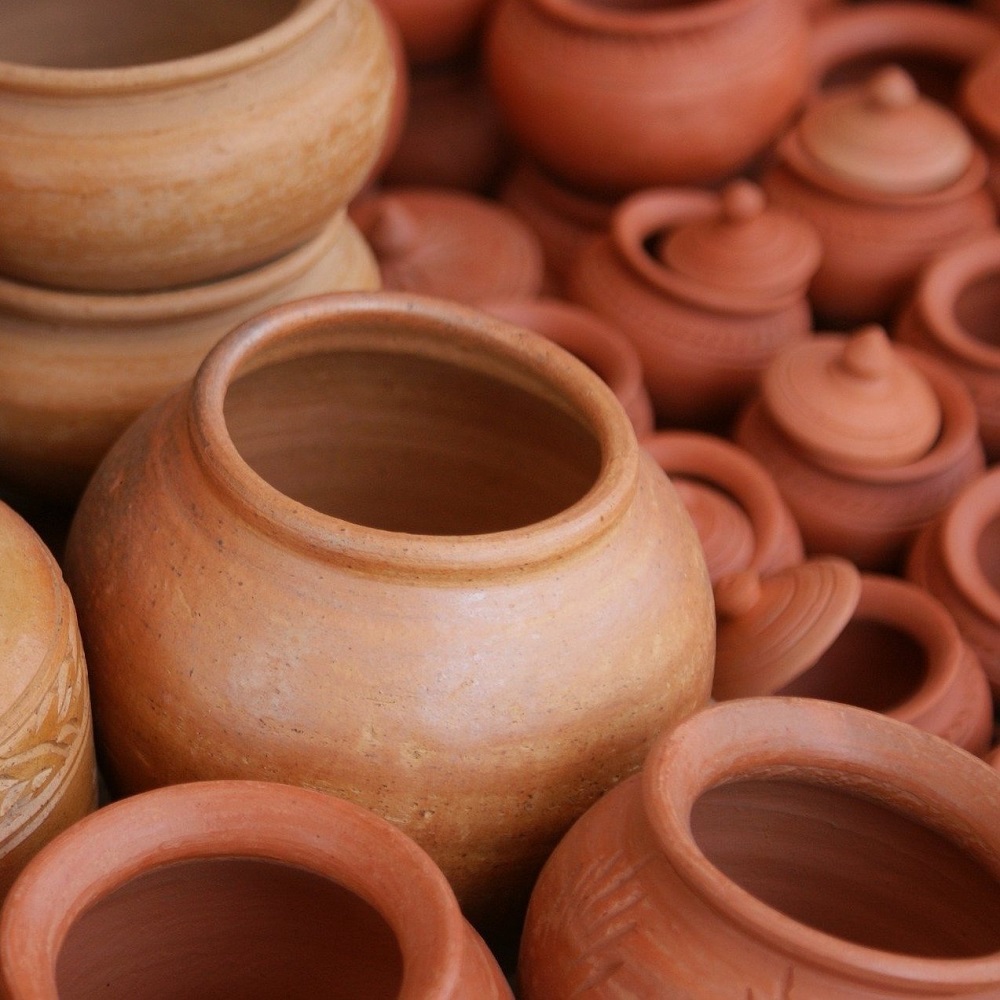Introduction to Ceramics
Ceramics is a fascinating world of art and function. These materials come from the earth. They are shaped, fired, and transformed into objects of beauty and utility. Different types of ceramics have unique qualities and uses. From kitchenware to spacecraft components, ceramic play a vital role in many aspects of our lives.
In this guide, we will explore the various types of ceramics available. We’ll delve into traditional and advanced categories. Each offers distinct benefits for different applications. Understanding these materials can enrich our appreciation for ceramic products. It also aids our choices in using them.
People have used ceramics for thousands of years. Today, innovations and technology have expanded the types of ceramics. The materials we now have range from simple clay pots to complex electronic devices. As we move through this guide, keep in mind the complexity and versatility of ceramic materials. Whether you are a creator, collector, or simply curious, the world of ceramics has much to offer.

Categories of Ceramics
Ceramics come in a wide range of types, each with its own qualities and uses. We can group ceramics broadly into two categories. These are traditional ceramics and advanced ceramics. Here’s a closer look at each.
Traditional Ceramics
Traditional ceramics are well-known and have a long history. They include earthenware, stoneware, and porcelain. These types of ceramics are made from natural clay and minerals. Potters shape and fire them at high temperatures. This process gives them a hard and durable finish. Traditional ceramics are often used in items like tableware, tiles, and pipes. They can be glazed for decoration or to make them water-resistant.
Traditional ceramics are popular for their rustic, timeless appeal. People use them in homes for both function and decor. They are part of a rich heritage of craftsmanship. Artists and manufacturers have refined these types of ceramics over centuries.
Advanced Ceramics
Advanced ceramics, on the other hand, are more recent. They use sophisticated materials and technologies. These ceramics include materials like alumina, silicon carbide, and zirconia. They’re processed under controlled conditions. This method results in exceptional properties. Advanced ceramics are known for their high strength, resistance to wear, and thermal protection.
These types of ceramics have a broad range of applications. They are vital in industries like electronics, aerospace, and biomedical engineering. Advanced ceramics play a role in making components like semiconductors, turbine blades, and joint replacements.
Both traditional and advanced ceramics have transformed how we use materials. From ancient pottery to modern technology, ceramics continue to evolve. They offer a compelling blend of aesthetics and performance. Understanding these types of ceramics is key to appreciating their role in our everyday lives.
Characteristics of Different Ceramic Materials
When exploring the various types of ceramics, understanding their intrinsic characteristics is essential. These properties will guide the selection process for different uses and applications.
Earthenware
Earthenware is one of the oldest types of ceramics. It’s recognizable by its slightly porous and coarse texture. Typically, it’s fired at lower temperatures compared to other ceramics, making it less sturdy but charming with its rustic look. Earthenware is great for decorative pieces and everyday dishes, though it may require glazing to be waterproof.
Stoneware
Sturdier than earthenware, stoneware is fired at higher temperatures, resulting in a denser and more durable ceramic. It often sports a smooth, stone-like finish and is widely used for dinnerware and mugs. Stoneware holds up well for regular use and is often dishwasher and microwave safe.
Porcelain
Porcelain stands out for its delicate, translucent quality and is fired at the highest temperatures among traditional ceramics. It’s known for its strength, white color, and glossy surface. Porcelain is a favorite for fine tableware, decorative objects, and in some cases, bathroom fixtures.
Alumina Ceramics
Alumina ceramics excel in heat resistance and strength. They’re a popular choice in industrial settings for their ability to withstand high temperatures and wear. This type of ceramic is common in furnace components and electrical insulators.
Silicon Carbide
Silicon carbide is noted for its hardness and thermal conductivity, making it suitable for high-stress, high-temperature applications. It’s used in abrasive materials and in the manufacturing of car brakes and clutches.
Zirconia
Zirconia is renowned for its toughness and resistance to cracking. It’s a top pick for medical applications, such as dental implants and joint replacements. Zirconia’s durability also lends itself well to mechanical components subject to heavy wear.
Each type of ceramic material holds unique advantages for different uses. The key is to match the right ceramic characteristics with the intended application to ensure optimal performance and longevity.

Applications of Various Ceramics
Ceramics have applications that span across various fields, ranging from the comfort of our homes to the cutting edge of industrial technology. Their unique properties allow ceramics to be used in a wide array of products and scenarios.
Household and Decor
In our homes, ceramics add beauty and function. Types of ceramics like earthenware create inviting dinnerware and pottery. Stoneware offers reliable options for baking dishes and coffee mugs. Porcelain, with its elegant finish, graces fine china sets and ornate vases. These materials are not just for utility but also enhance home decor with their aesthetic appeal.
Industrial Uses
The industrial sector relies on advanced ceramics for their superior qualities. Alumina, for instance, withstands high temperatures in furnace linings. Silicon carbide is used in abrasives and the manufacturing of car parts. These materials’ durability and resistance to wear make them invaluable for high-stress environments.
Medical Devices and Implants
In healthcare, ceramics meet stringent standards for safety and longevity. Zirconia is a top choice for dental implants and joint replacements. Its resistance to wear and cracking ensures long-term success in medical devices. Advanced ceramics play a critical role in the development of robust and reliable medical implants.
Each application showcases the versatility of ceramics and their importance across different aspects of life. Whether for daily use or specialized needs, types of ceramics lend their qualities to enhance the way we live and work.
The Manufacturing Processes of Ceramics
The process of making ceramics is as diverse as the types of ceramics themselves. From handcrafted pottery to high-tech components, various methods bring these materials to life. Understanding these processes can shed light on how ceramic properties harness in different products.

Shaping and Forming Techniques
Shaping and forming are foundational in ceramic making. Artists and manufacturers use several methods. These include hand-building techniques like pinching, coiling, and slab construction. Potter’s wheels allow for the creation of symmetrical items like bowls and vases. In industrial settings, machinery presses, extrudes, and casts ceramics into precise shapes. Innovations such as 3D printing now offer new ways to form ceramics with intricate designs.
Firing and Sintering
After shaping, ceramics must undergo firing to gain strength. This process involves heating the ceramic in a kiln to a very high temperature. Firing causes chemical changes. It makes the material hard and strong. Sintering is specific to advanced ceramics. It involves compacting and forming a solid mass of material using heat or pressure without melting it to the point of liquefaction. The precise sintering conditions determine the final properties of the ceramic, such as durability and resistance to temperature and wear.
These complex manufacturing processes play a crucial role in the final properties and applications of the various types of ceramics. From earthenware to zirconia, each ceramic undergoes a tailored process to meet its specific needs.
Innovations in Ceramic Technology
The scope of ceramic technology reaches far beyond traditional methods, breaking into an era of cutting-edge innovations. These advancements enable remarkable improvements in quality, durability, and aesthetic appeal of ceramic products. Below are key innovations that are shaping the future of ceramic technology.
New Materials and Composites
Researchers are crafting new types of ceramics from unique blends of materials. By creating composites, they enhance certain properties like strength and resistance to heat. These innovative composites are finding their way into high-demand industries such as automotive and aerospace.
Additive Manufacturing and 3D Printing
3D printing has revolutionized many sectors, and ceramics are no exception. Advanced ceramics can now 3D print with fine detail. This method allows for complex shapes and structures that were not possible before. It opens doors for custom-designed components in electronics and more efficient prototype development.
Nanotechnology
Nanotechnology involves manipulating materials at the molecular or atomic level. For ceramics, this means achieving unprecedented control over properties. Nanoceramics present exciting possibilities for tougher, more lightweight products with new functionalities.
Improved Environmental Sustainability
Sustainable practices are vital in today’s manufacturing world. Innovations in ceramics include methods to reduce energy consumption during production. Recycling ceramic materials also plays a more significant role. These practices decrease the environmental impact and resonate with eco-conscious consumers.
Each innovation in ceramic technology not only enhances the performance of ceramic products but also expands their potential uses. Staying abreast of these advancements is essential for professionals in various industries, as well as for consumers seeking the most modern and efficient products available.
Caring for and Maintaining Ceramic Products
Proper care and maintenance are crucial for preserving the beauty and longevity of your ceramic products. Different types of ceramics require varied approaches to care. Let’s look at how to keep them in their best condition.
Traditional Ceramics
For traditional ceramics like earthenware, stoneware, and porcelain, regular cleaning is key. Use mild detergents and soft sponges to avoid scratching the surfaces. While many of these items are dishwasher safe, hand washing can extend their lifespan. Glazed items should not expose to high heat, as this can cause cracking. Any chips or damage can be a haven for bacteria, so address these quickly to maintain hygiene.
Advanced Ceramics
Advanced ceramics, such as alumina, silicon carbide, and zirconia, often have specific care instructions due to their technical applications. Always follow the manufacturer’s guidelines for cleaning and handling. Avoid sudden temperature changes to prevent cracking. In industrial or medical settings, ensure that professional maintenance checks conducte regularly.
Proper storage also plays a massive part in ceramic care. Stack dishes with care to prevent chipping, and avoid placing heavy objects on top of ceramic pieces. With the correct care, your types of ceramics can serve their purpose beautifully for years to come.